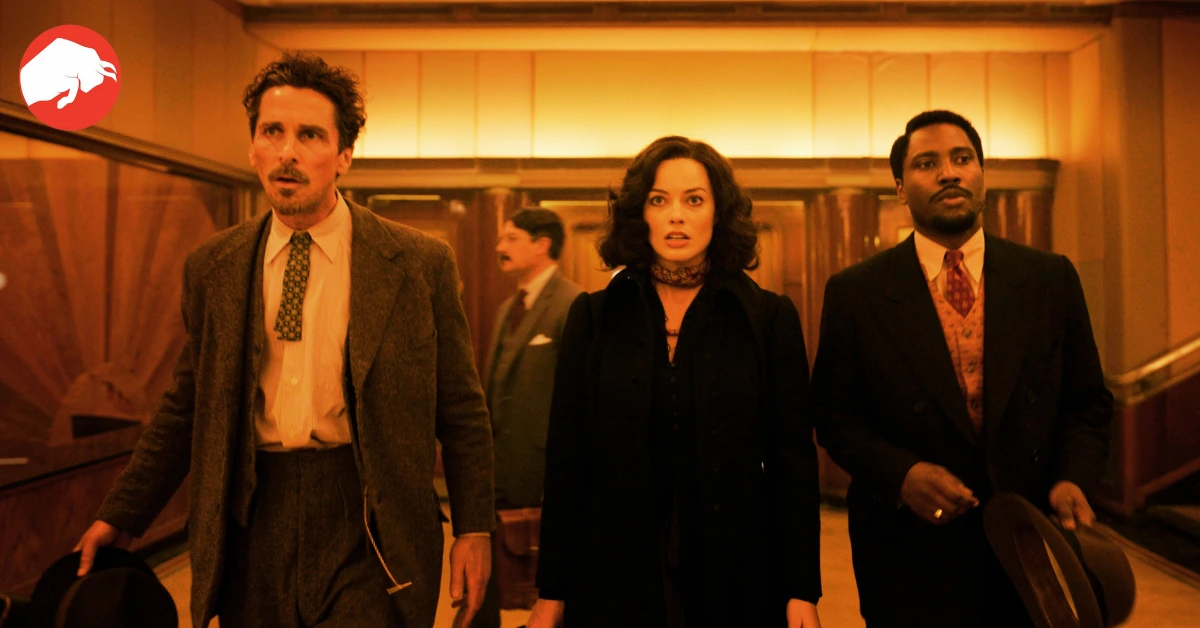Unraveling the Historical Foundation of Amsterdam
Amsterdam, the latest offering from acclaimed writer-director David O. Russell, delves deep into the conspiracies and intrigues of the 1930s, setting the stage with the murder of a US senator and culminating in the exposure of a fascist coup. With the spotlight on star actors Christian Bale, Margot Robbie, and John David Washington, the movie asks a gripping question: How much of Amsterdam is rooted in reality?
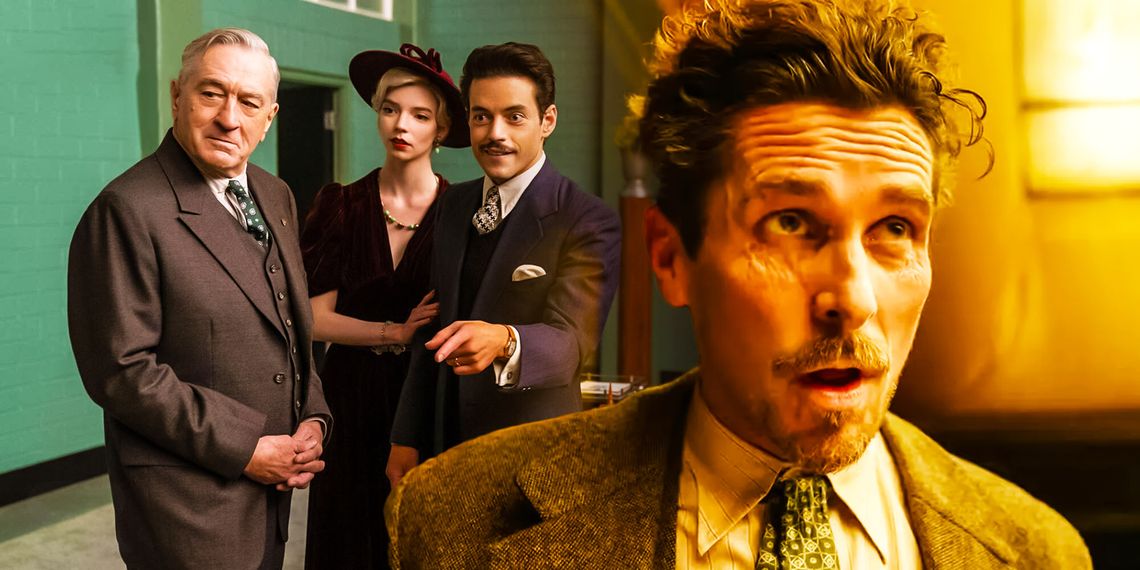
Amsterdam’s Historical Backdrop: The Business Plot of 1933
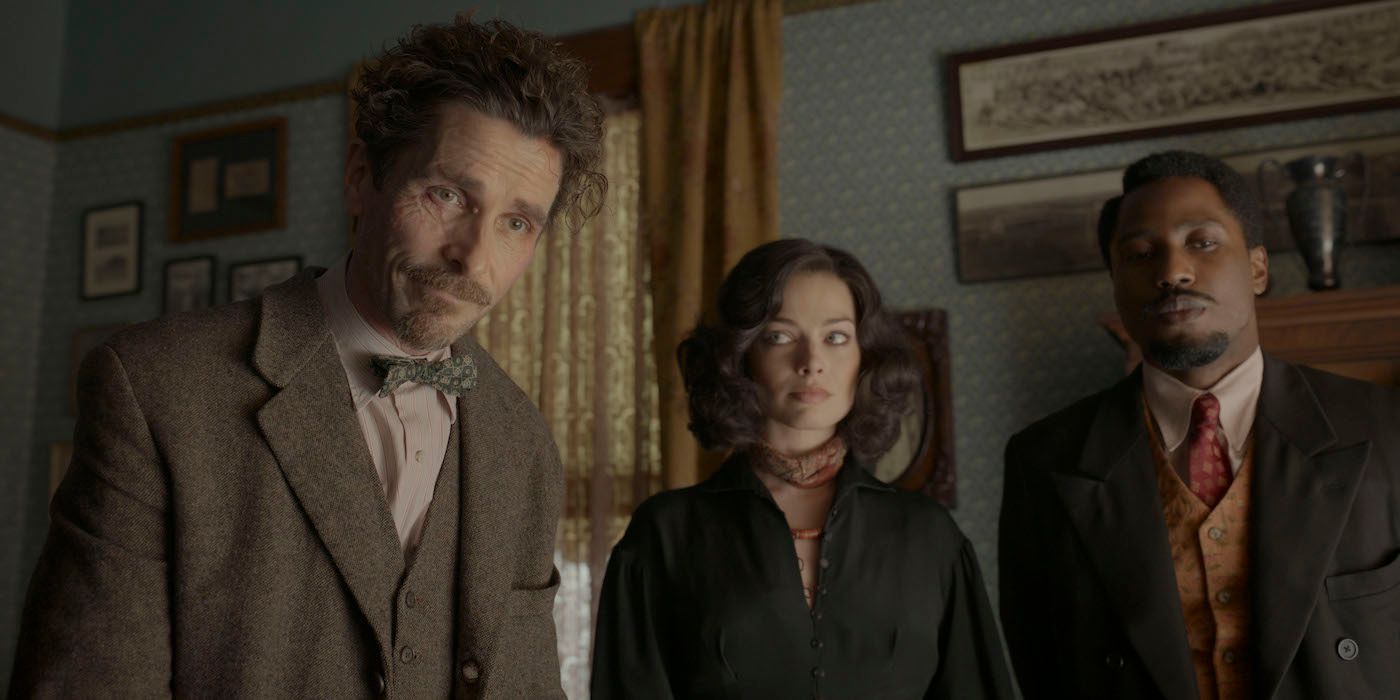
Amsterdam sets its stage against the backdrop of the Business Plot of 1933, a scarcely known but critical chapter in American history. This political conspiracy aimed to overthrow President Franklin D. Roosevelt, replacing him with a dictator. The alleged culprits? Wealthy businessmen advocating fascism, inspired by the political winds of Germany and Italy.
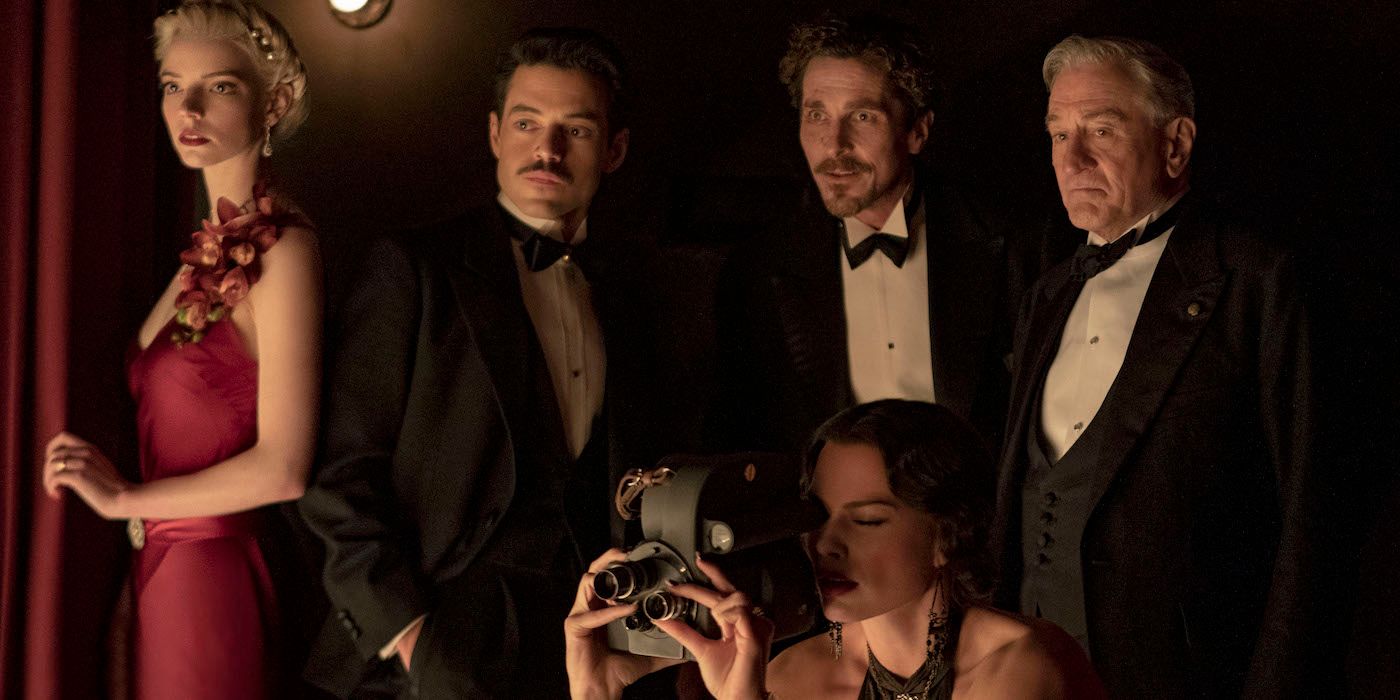
It was intended that retired Marine Corps Major General Smedley Butler, the inspiration behind Robert De Niro’s character General Gil Dillenbeck, would be placed as the dictator. However, Butler turned tables by testifying against these plotters, even though the allegations were largely dismissed. An interesting footnote: the movie draws inspiration from the 1939 Nazi-affiliated rally at Madison Square Garden, painting a vivid picture of that era.
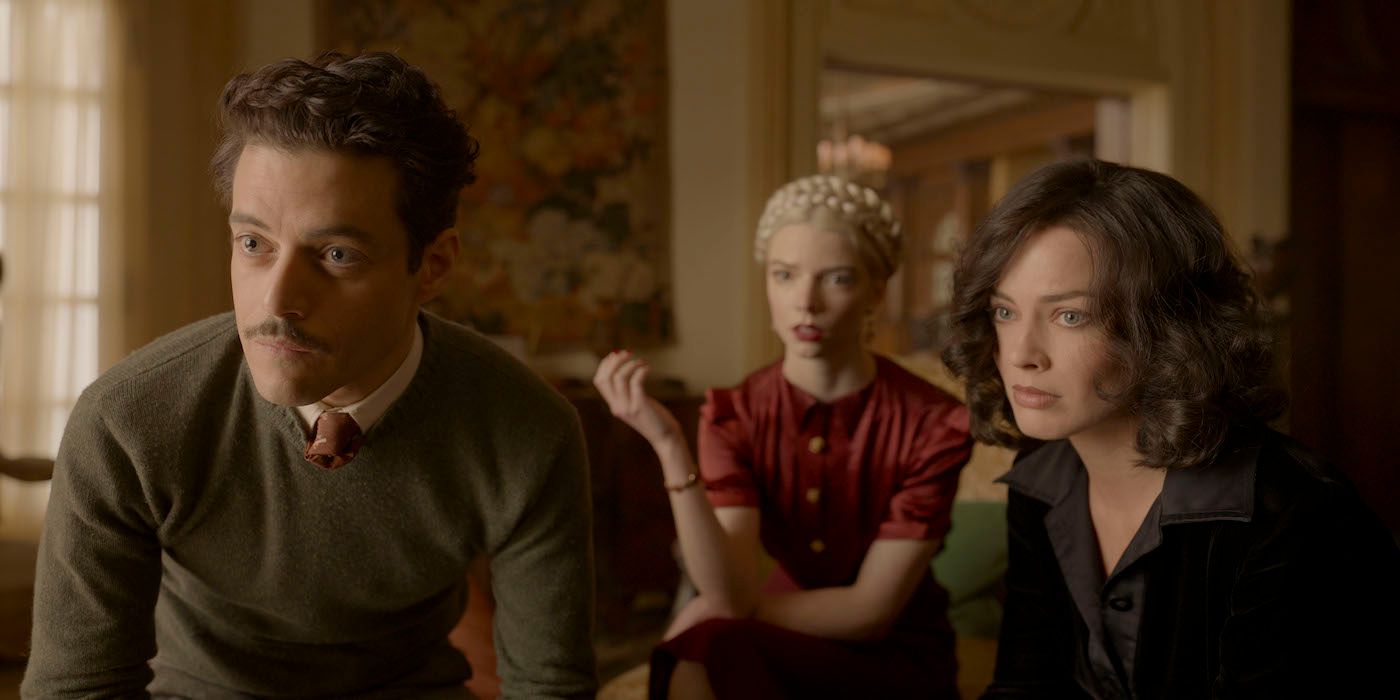
David O. Russell’s Take on Historical Characters
While the actual history focused on powerhouses and influential figures, Russell introduces us to three regular people – a trio dancing through life. He was inspired by photographs of ordinary individuals from that era, leading to the birth of Burt, Harold, and Valerie. These characters symbolize the everyday person, navigating through explosive moments in history. As Russell put it, these stories serve as the “secret plutonium” for any filmmaker.
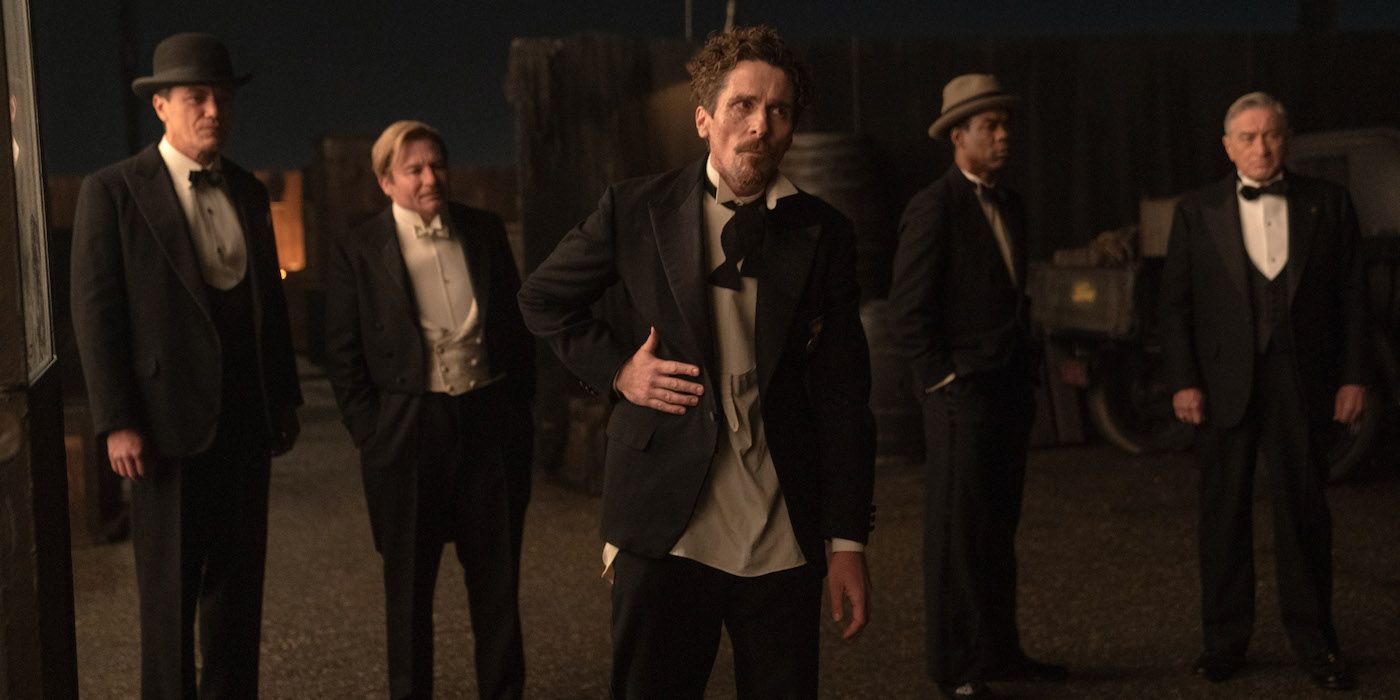
Fact vs Fiction: The Blurred Lines in Amsterdam
A significant portion of Amsterdam’s plot, especially the involvement of its protagonists in historical events, is a result of creative liberty. Characters like Burt, Harold, and Valerie are fictional creations, weaved seamlessly into the fabric of historical events. For instance, the murder central to the movie’s plot, that of Bill Meekins, does not find a basis in reality. Also, some details, like De Niro’s speech in the film, deviate from the true occurrences of the time.
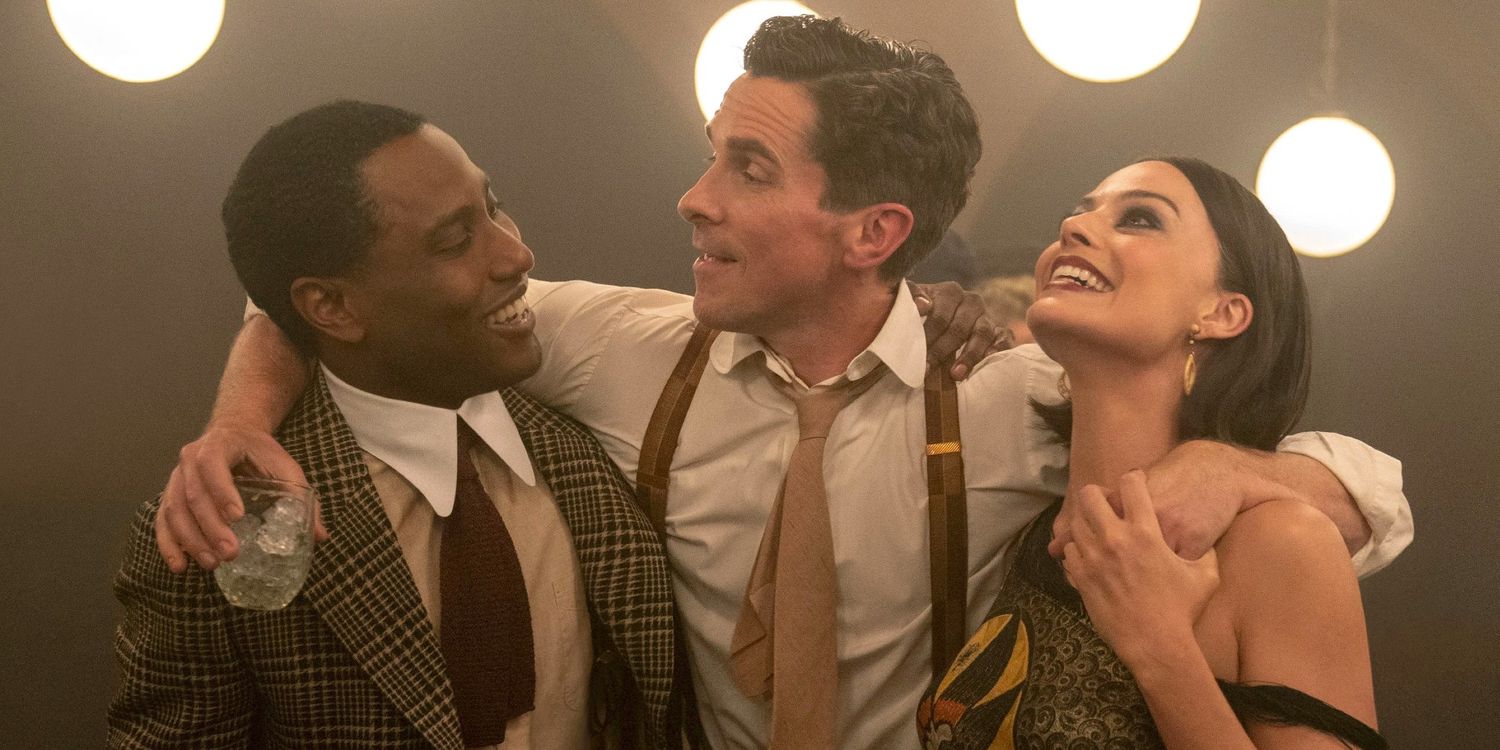
Committee of Five: Fiction Meets Reality
A significant entity in Amsterdam, the Committee of Five, holds considerable intrigue. While the film portrays this group as fascist supporters, the real Committee of Five, consisting of luminaries like John Adams and Benjamin Franklin, were responsible for drafting the Declaration of Independence. The film contrasts these versions to highlight fascism’s threat to democracy, a theme eerily relevant even today.
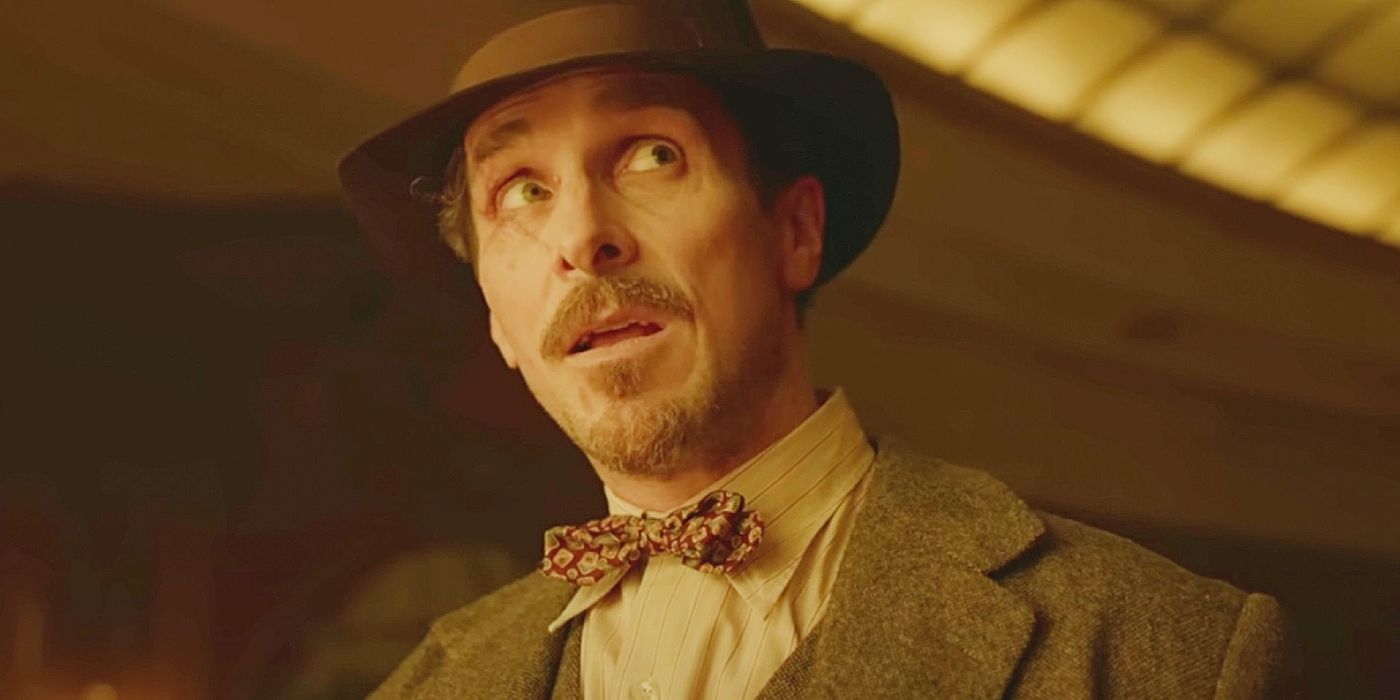
Amsterdam’s Reception and the Controversy
Despite its compelling story and the allure of a star-studded cast, Amsterdam didn’t quite charm the box office or critics. Concerns were raised over the movie’s representation of Smedley Butler’s character, especially the heroic portrayal. Jonathan M. Katz, an author who penned a book on the true events behind Amsterdam, claimed the film was only “10%” accurate. According to Katz, the film glosses over certain aspects of Butler’s history, choosing a more heroic representation over the complex truth.
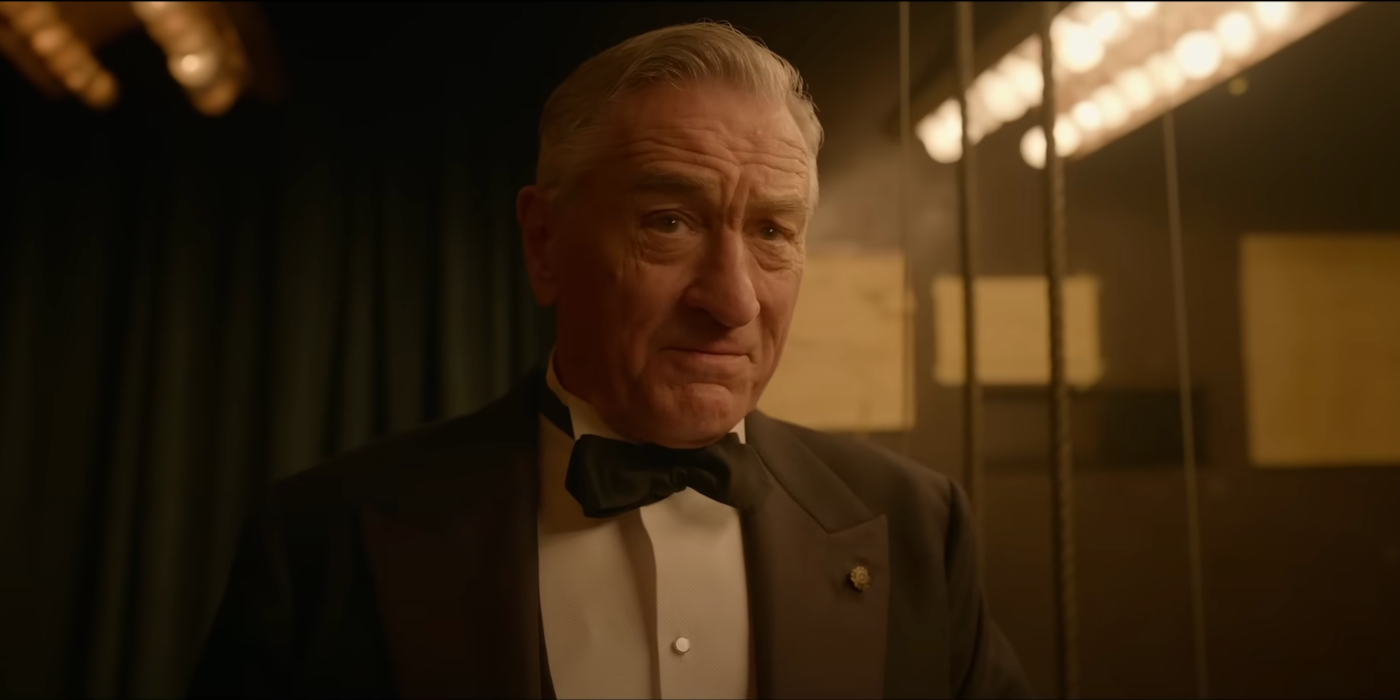
Concluding Thoughts
Amsterdam weaves a complex tale, blurring the boundaries between historical fact and cinematic fiction. While David O. Russell’s take offers an entertaining lens into the 1930s, the actual events provide an even more fascinating insight. Whether you’re a history buff or a cinema aficionado, the story behind Amsterdam is one worth delving into.


